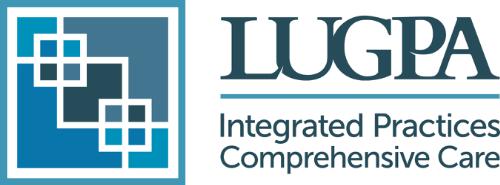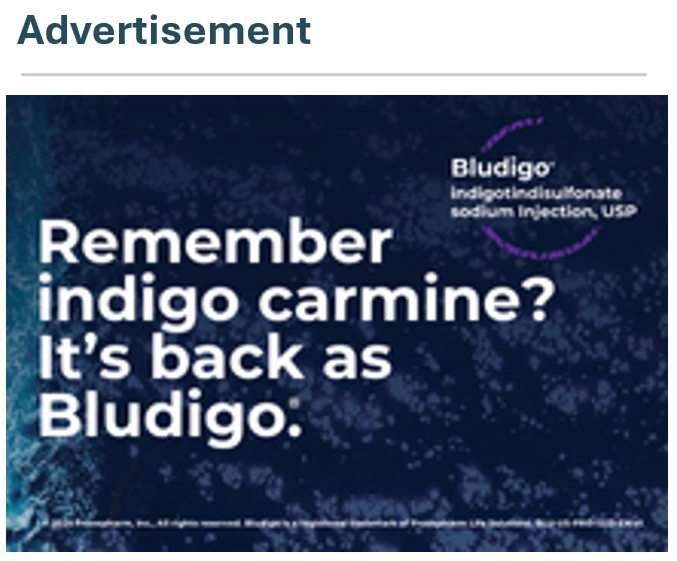LUGPA Legislative Visit Guide
Legislative Visits are Important
Elected officials play a vital role in regulating healthcare. Many policies that affect your practice are decided by the 100 senators and 435 representatives in the U.S. Congress.
Building relationships through grassroots advocacy ensures those policies are in your practice’s best interest. As public servants, the highest priority for legislators is addressing the needs of their constituents.
Hosting a legislative visit to your practice allows you to educate state and federal legislators while allowing them to hear firsthand about the importance of urological care from their constituent’s staff and residents.
LUGPA Involvement
LUGPA is committed to assisting every member with planning and executing a successful practice visit. Below are suggested steps and documents to have on hand. A legislative visit to your practice is an excellent opportunity for legislators to learn about healthcare issues in their home districts. We are excited to help you start the planning process for your visit.
Planning the Visit
It is important to arrange a site visit when your legislator is in his or her district. Legislators’ schedules can be busy, so you should be as flexible as possible to accommodate the public official. Federal legislators will most likely be in their home districts Mondays, Fridays, and weekends.
Before a visit can take place, some planning must happen. The following guidelines will help you plan a successful event:
- Determine if you would like to host a legislator at your facility and contact your staff.
- Before any major planning begins, getting permission from the elected official is essential[CK1] .
- Reach out to LUGPA for help. We can send you materials you can use for advocacy during your visit.
- Have a small group of practice staff prepared to give the tour or speak to the visiting lawmaker.
- Determine the objectives for a visit, the goals for the day, what kind of impression you want the policymaker to have of your practice, and which programs you want to highlight. Brainstorming and selecting the most important features you want to present is a good start.
- Decide a visit date and time; it can be tied to a specific event or set for any time of year.
- Let LUGPA know your objectives and the date and time for the tour.
- Develop a draft agenda for a visit; note people and places you want to feature that fit your goals.
Inviting the Legislator
Once you have determined your planned dates and agenda, it is time to invite your targeted policymakers. You can determine your local, state, and federal elected officials using online resources like USA.gov, linked here: https://www.usa.gov/elected-officials.
- For members of Congress, most offices have an online form you will need to fill out to request an appearance at your practice; most sites use the heading “request an appearance.”
- For state and local elected officials, the best approach to requesting an appearance is to contact their district or city offices via email or phone. You should send the office a short letter or email at least six weeks before the requested date.
- Briefly introduce yourself and your practice and state the letter’s purpose in your correspondence.
- Your invitation should include information about why you would like the official to visit your practice and specific information about the visit, including the proposed date, time, location, attendees, media presence, and any activities.
- Once the visit is scheduled, you should send a formal invitation to the lawmaker and a profile on your practice.
- The facility profile should include an overview of your practice’s impact on your community, how many patients you care for, and the positive impact your practice has had on urological care. You should ensure the lawmaker has the document before the visit.
- Before the event, you should provide a short biography of the visiting lawmaker for all involved to review.
- It is also important to provide your agenda to the visiting legislator before the visit so they can plan.
Before the Meeting Preparation
Before the event, you should meet with your staff to determine how you will present your practice, the stories you will tell, and the success stories your patients have realized.
It is essential that all staff meeting with the lawmaker know the size and scope of your practice and the impact on the care and economy of your community. Site visits are most effective when policymakers can connect with their constituents who work and utilize your practice and directly observe the positive effect you have on their lives.
Organizing Media Coverage
Another important component of a practice visit is media coverage. While most Congressional members will have a media manager, most state legislators will likely only have part-time staff dedicated to handling the press.
For lawmakers with a press staff, your office should work with them to coordinate press activity. If the legislator does not have press staff, you should work with the lawmaker directly and get their feedback on how and when to invite press members to the visit. You can also inform local media members and send them information about the upcoming legislative visit. If the media cannot be present during the visit, your official can send the local reporters a follow-up summary and a photo for them to use in stories covering the visit.
Before the event, you should create and send out a media advisory to invite local media outlets to cover the event. This advisory should include the site visit's time, date, and overall purpose. If the media is not available, you can take pictures during the event and send them to local media outlets. One important point to remember is to ensure the lawmaker or their staff review and approve any media submissions before they are sent to the press.
Social media is another important component of media preparation that needs to be addressed. Your practice can use social media platforms like Twitter, Facebook, and Instagram to announce and document the event. It is important to be complimentary to your guest in the posts and always clear any posts with the lawmakers before posting them online.
In the days leading up to the visit, following up with the media you have invited is essential to ensure they attend since the lawmaker will be expecting them. After the visit, you should post a recap of the event along with photos. To maximize visibility and thank the visiting lawmaker, tag the policymakers in your social media post.
One last point to remember regarding the media and covering the visit: Take LOTS of pictures.
Hosting the Practice Visit
When the day of your practice visit arrives, your main goal should be to maximize the time you and your staff have with the visiting elected official and ensure the message you want to portray is conveyed.
Depending on the issues you want to address, you can provide either printed material or include the issues in your discussions with the lawmaker. LUGPA can help provide some of these materials before the event.
Here are some additional tips to help you conduct your visit:
- Start the visit by meeting the legislator in the lobby and then move to an interior office space.
- You should provide the lawmaker with an overview of the main facts about your facility and the visit’s agenda. It would be best to have several beverage types available for the lawmaker and any accompanying staff.
- As you tour your facility, you should introduce your staff to the legislator; many of your staff members may be their constituents.
- It is important to be straightforward, ask the legislator questions, and engage them in conversation.
- Discussion points can include any issues your practice may face; regulatory problems; Medicare and Medicaid payment inequities; managed care for Medicaid and Medicare recipients; or in-office dispensing rules. It is important to use the time on the visit to show the elected official how they can help the people they represent.
- Feel free to discuss any pending legislation or regulations affecting your practice. Be sure to communicate to the lawmaker how the legislation will affect your patients and the essential services you provide.
Follow-up after the Tour
Once the tour is complete, there are several additional steps you will need to take to follow up on your visit:
- Write and send a thank-you letter to the lawmaker thanking them for their visit and include any photos and press stories.
- In the letter, you should include a recap of the visit and an overview of any policy questions or calls for support you made during the visit.
- After the event, you can send a follow-up media release to local and state news outlets.
- Finally, it is vital to maintain the new relationship you have built with the lawmaker and to keep them informed about your practice and any legislation that may affect it. Remember, the main goal of the visit is to create new allies in Congress and the state legislature that we can call on when important policies are introduced.
- Let LUGPA know how successful your event was! We can use your experience and lessons learned to improve future visits.
|




